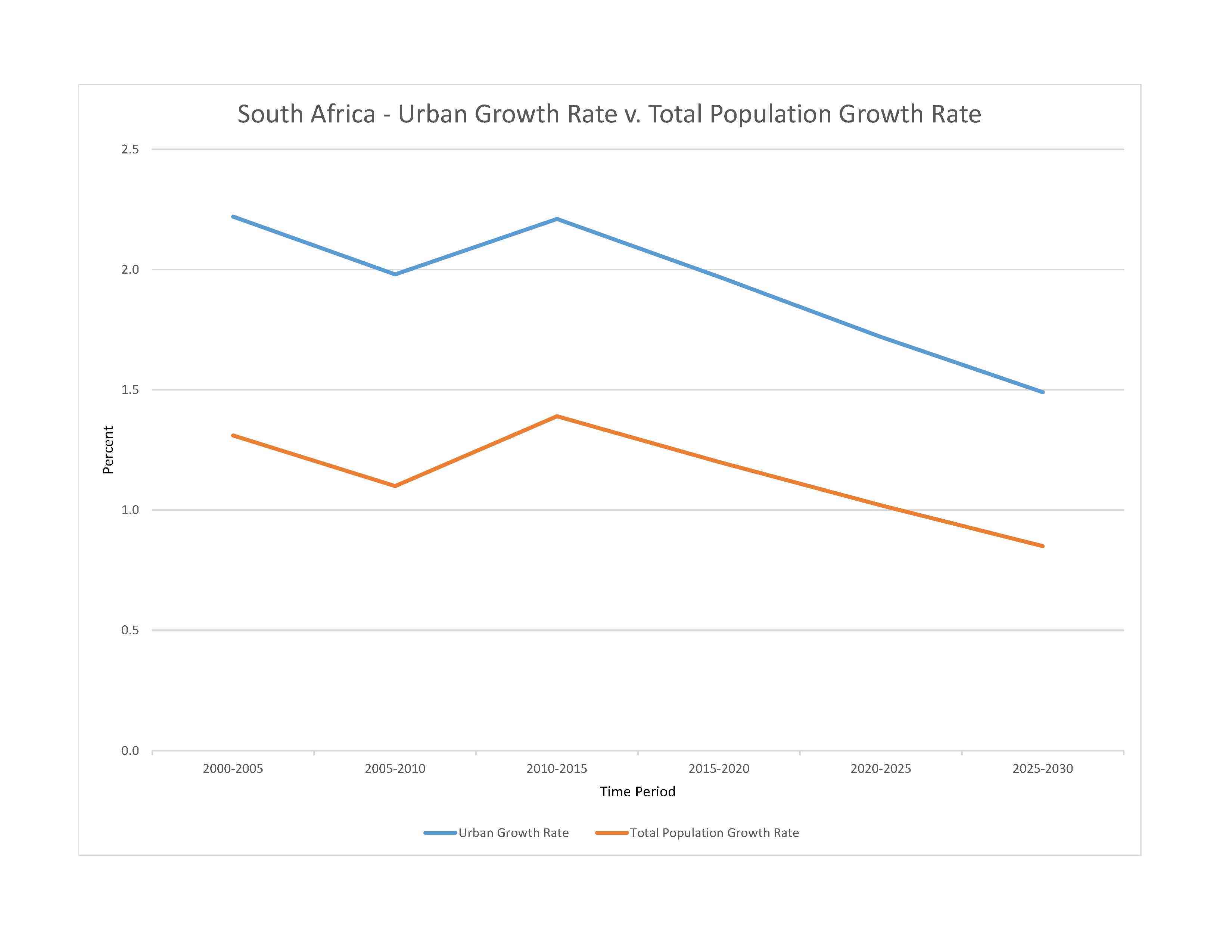
lack of important arterial rivers or lakes requires extensive water conservation and control measures; growth in water usage outpacing supply; pollution of rivers from agricultural runoff and urban discharge; air pollution resulting in acid rain; deforestation; soil erosion; land degradation; desertification; solid waste pollution; disruption of fragile ecosystem has resulted in significant floral extinctions
party to: Antarctic-Environmental Protection, Antarctic-Marine Living Resources, Antarctic Seals, Antarctic Treaty, Biodiversity, Climate Change, Climate Change-Kyoto Protocol, Climate Change-Paris Agreement, Comprehensive Nuclear Test Ban, Desertification, Endangered Species, Hazardous Wastes, Law of the Sea, Marine Dumping-London Convention, Marine Dumping-London Protocol, Marine Life Conservation, Nuclear Test Ban, Ozone Layer Protection, Ship Pollution, Wetlands, Whaling
signed, but not ratified: none of the selected agreements
mostly semiarid; subtropical along east coast; sunny days, cool nights
agricultural land: 79.4% (2018 est.)
arable land: 9.9% (2018 est.)
permanent crops: 0.3% (2018 est.)
permanent pasture: 69.2% (2018 est.)
forest: 7.6% (2018 est.)
other: 13% (2018 est.)
urban population: 68.8% of total population (2023)
rate of urbanization: 1.72% annual rate of change (2020-25 est.)

2.4% of GDP (2018 est.)
particulate matter emissions: 19.75 micrograms per cubic meter (2019 est.)
carbon dioxide emissions: 476.64 megatons (2016 est.)
methane emissions: 55.89 megatons (2020 est.)
municipal solid waste generated annually: 18,457,232 tons (2011 est.)
municipal solid waste recycled annually: 5,168,025 tons (2011 est.)
percent of municipal solid waste recycled: 28% (2011 est.)
Orange (shared with Lesotho [s], and Namibia [m]) - 2,092 km; Limpoporivier (Limpopo) river source (shared with Botswana, Zimbabwe, and Mozambique [m]) - 1,800 km; Vaal [s] - 1,210 km
note – [s] after country name indicates river source; [m] after country name indicates river mouth
Atlantic Ocean drainage: Orange (941,351 sq km)
Karoo Basin, Lower Kalahari-Stampriet Basin
municipal: 3.11 billion cubic meters (2020 est.)
industrial: 4.09 billion cubic meters (2020 est.)
agricultural: 11.99 billion cubic meters (2020 est.)
51.35 billion cubic meters (2020 est.)
NOTE: The information regarding South Africa on this page is re-published from the 2024 World Fact Book of the United States Central Intelligence Agency and other sources. No claims are made regarding the accuracy of South Africa 2024 information contained here. All suggestions for corrections of any errors about South Africa 2024 should be addressed to the CIA or the source cited on each page.
This page was last modified 04 May 24, Copyright © 2024 ITA all rights reserved.